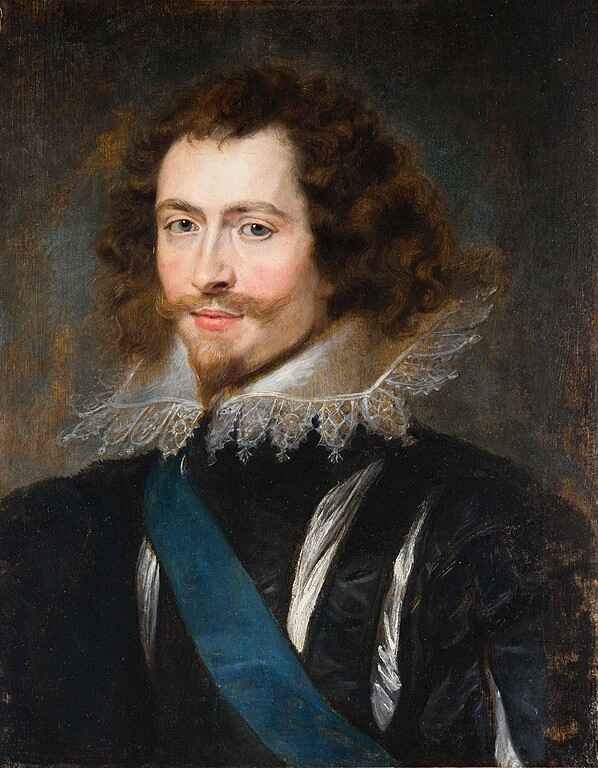Lee Miller: The Brave Model Who Defied Convention to Become the First Woman War Photographer
Elizabeth Lee Miller (1907–1977) was a former model who became a renowned war correspondent for Vogue during World War II. Known for her fearless work on the front lines, she captured some of the most harrowing images of the war.
In 2023, her life was portrayed by Kate Winslet in Lee, a biographical film directed by Ellen Kuras. The film premiered at the Toronto International Film Festival and had its international release the following year.

Miller in 1943 with fellow female war correspondents covering the U.S. Army in Europe during World War II: Mary Welsh, Dixie Tighe, Kathleen Harriman, Helen Kirkpatrick, and Tania Long. Photo: Mary Welch, Dixie Tighe, Kathleen Harriman, Helen Kirkpatrick, Lee Miller, Tania Long (U.S. Army Center of Military History) U.S. Army Official Photograph, Public domain, via Wikimedia Commons
Lee Miller’s Journey from Model to War Photographer
Lee Miller is one of the most fascinating figures of the 20th century, not just for her beauty but for her courage and talent behind the camera. Initially known for her work as a model, she quickly became disillusioned with being in front of the lens. Instead, her true passion lay in capturing the world through photography—a passion that would lead her to become the first female war correspondent accredited to the U.S. Army during World War II.
Breaking Free from Modeling
Born in 1907 in Poughkeepsie, New York, Miller’s striking looks caught the attention of Condé Nast, who featured her on the cover of Vogue in the late 1920s. Although her modeling career was glamorous, Miller found it unfulfilling. She expressed discomfort with the superficiality of the modeling world and was more interested in mastering photography herself. She moved to Paris in the early 1930s, where she worked with the surrealist artist Man Ray, becoming both his muse and collaborator. It was here that Miller’s true passion for photography began to flourish.
The Transition to Photography
Though she was admired for her beauty, Lee Miller’s heart was never truly in modeling. She longed to be behind the camera, capturing life’s raw moments rather than embodying them. Her career as a photographer began in earnest after her time with Man Ray, where she co-discovered the solarization technique. This opened doors to commercial photography and gave her a creative outlet to explore surrealist and documentary styles.
A Brave Trailblazer in War Photography
Miller’s life took a dramatic turn during World War II. When the war broke out, she became a correspondent for Vogue magazine, covering some of the most dangerous and harrowing battles in Europe. She fearlessly documented the front lines, from the London Blitz to the liberation of Paris, and most famously, the horrors of Nazi concentration camps, including Dachau and Buchenwald.
At Dachau, Miller bore witness to unimaginable horrors. Her photographs revealed the gruesome reality of the Holocaust, capturing piles of emaciated bodies and the haunting expressions of survivors. Miller’s bravery in photographing such horrific scenes was unparalleled—she ventured where few dared to go, ensuring the world saw the true face of Nazi atrocities. In one striking moment, Miller even took a photo of herself in Adolf Hitler’s Munich apartment, a symbol of her defiance against the regime.
Enigma Machine That Cracked the Nazi Secret Code
Lee Miller’s Legacy
Though Lee Miller is often remembered for her early modeling career, her true legacy lies in her work as a war photographer. She broke barriers for women, becoming a pioneering figure in war journalism. Her photographs, full of empathy and stark realism, provided a vivid account of the war’s impact on soldiers and civilians alike.
Lee Miller’s bravery, both in her life and her work, is a testament to her spirit. She transformed herself from a reluctant model into a pioneering war photographer, leaving behind a legacy that continues to inspire.
Sources: PinterPandai, Britannica
Main photo powered by Midjourney



